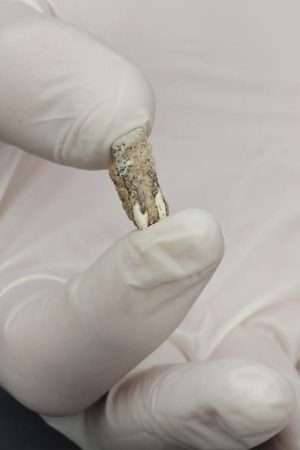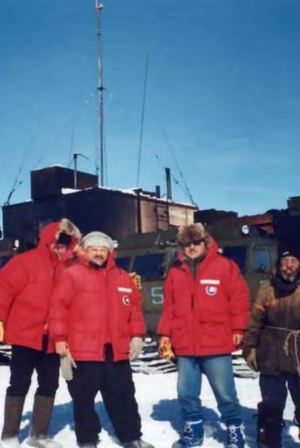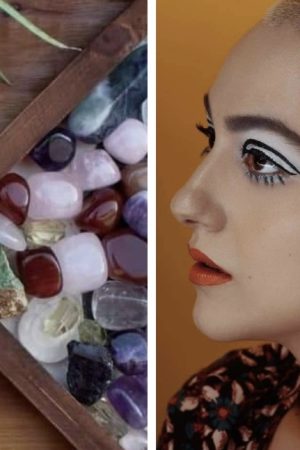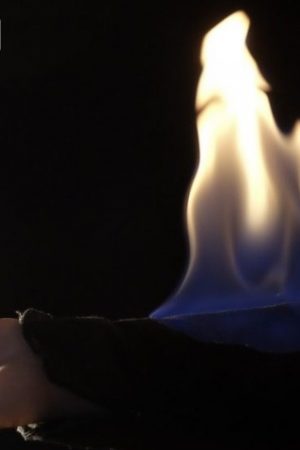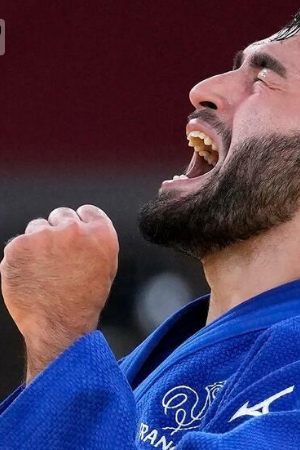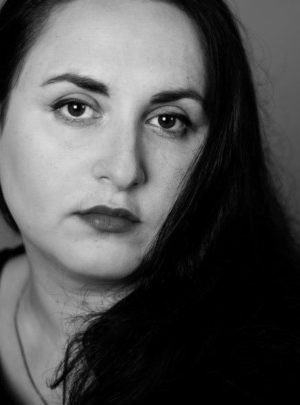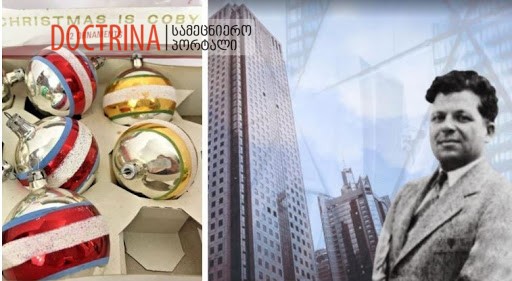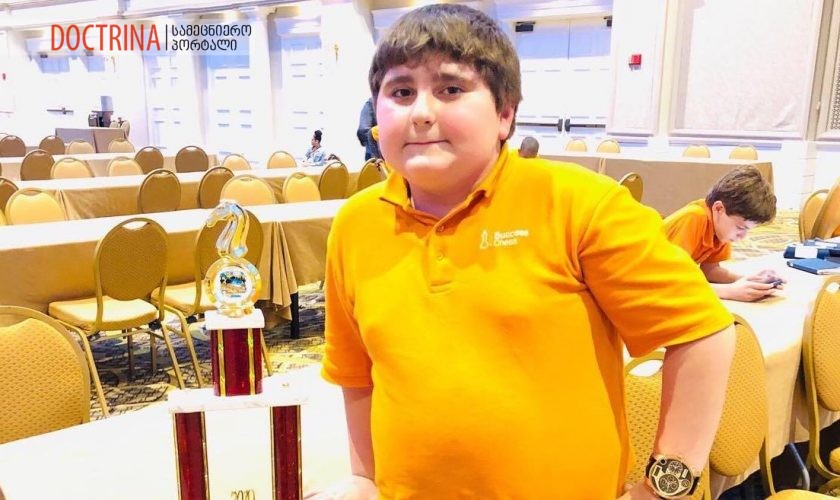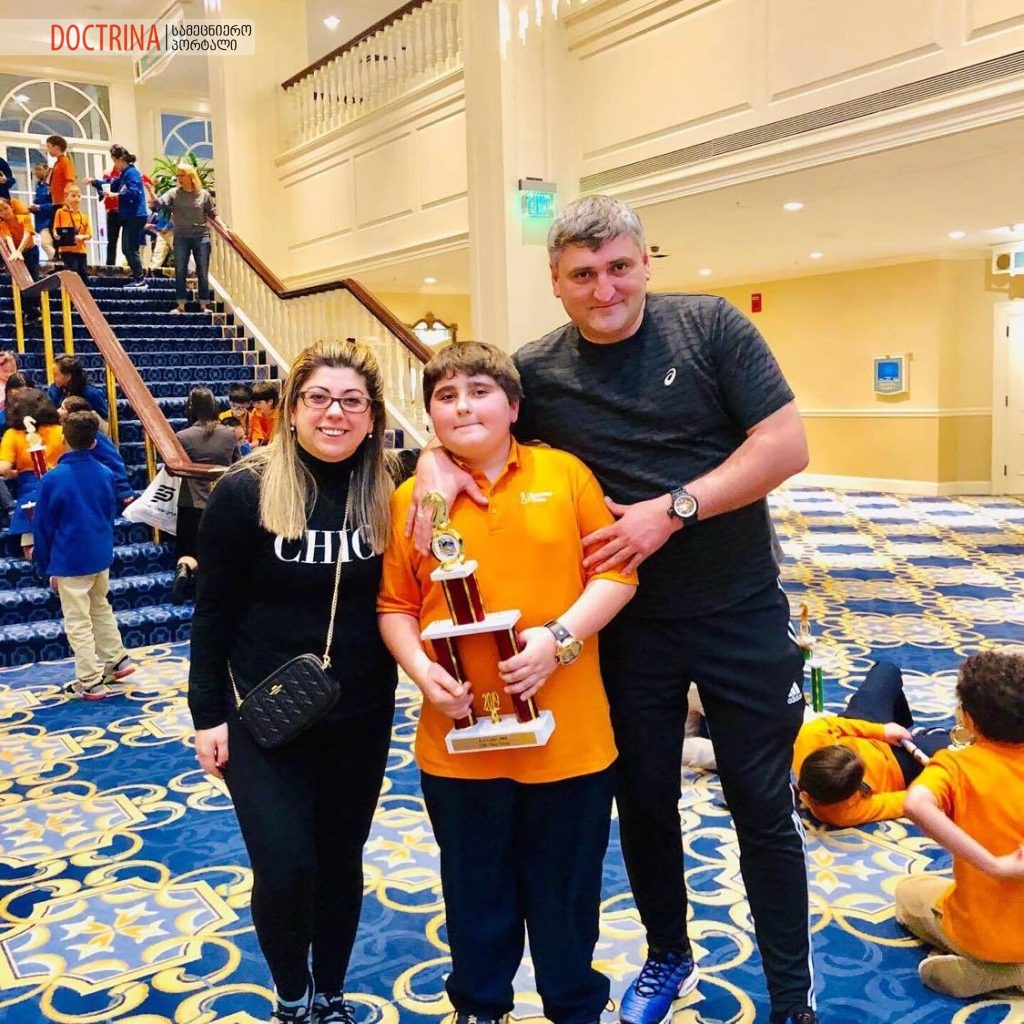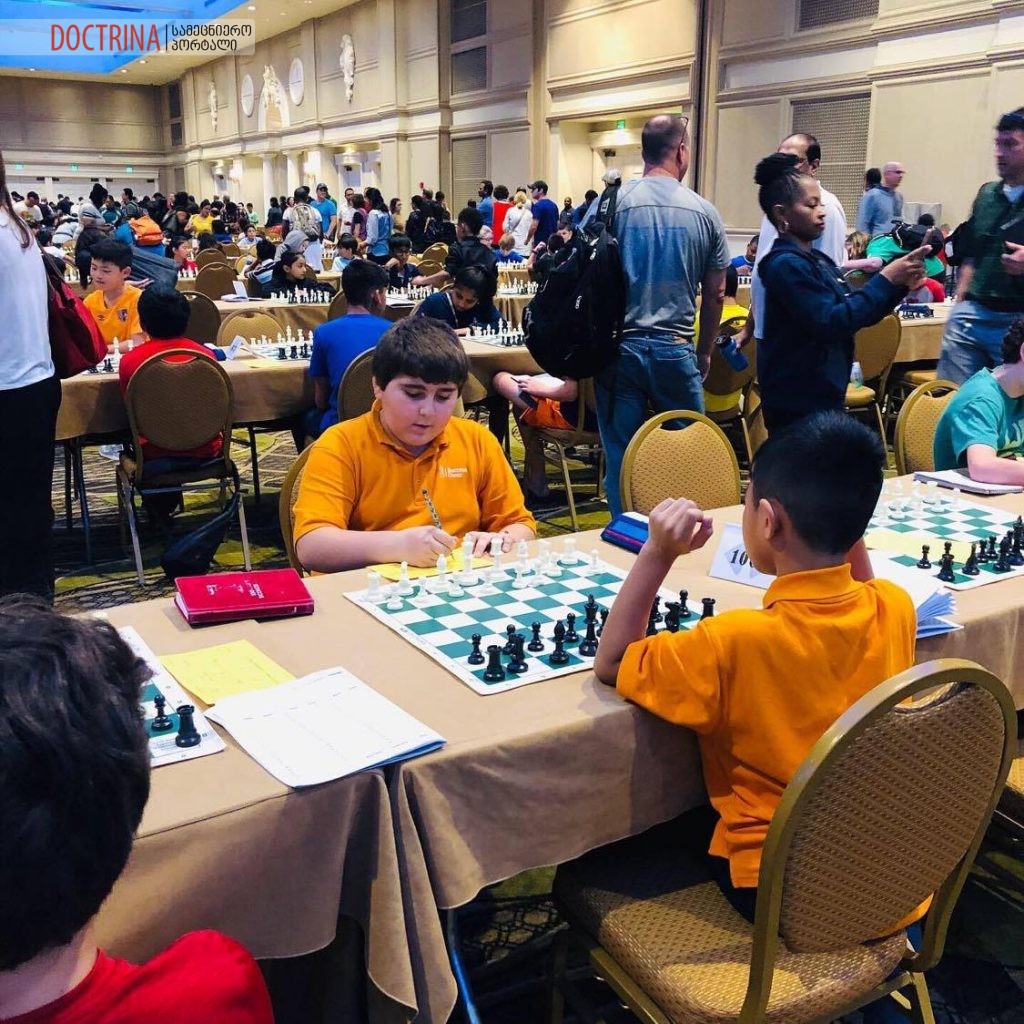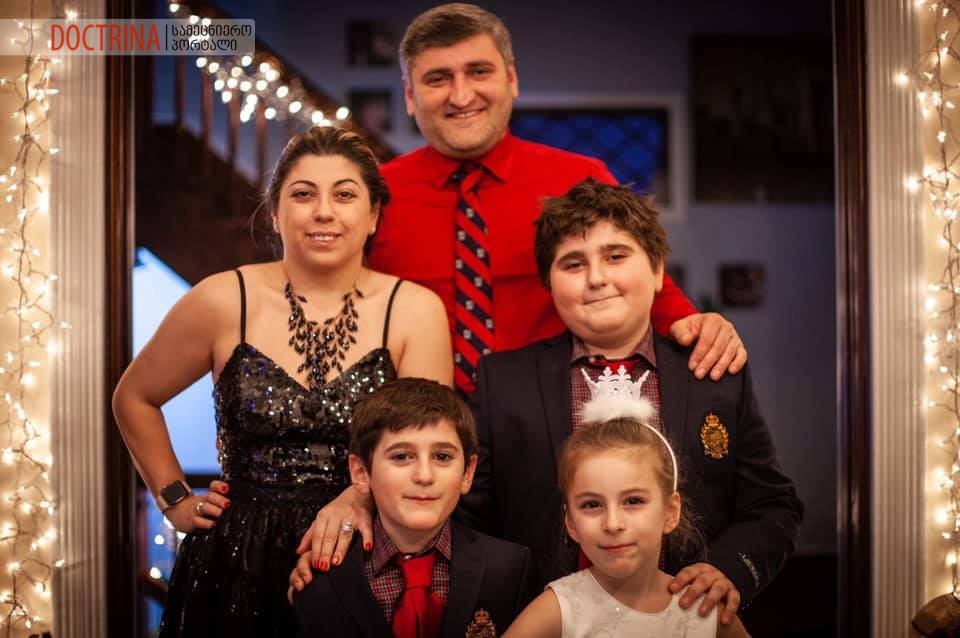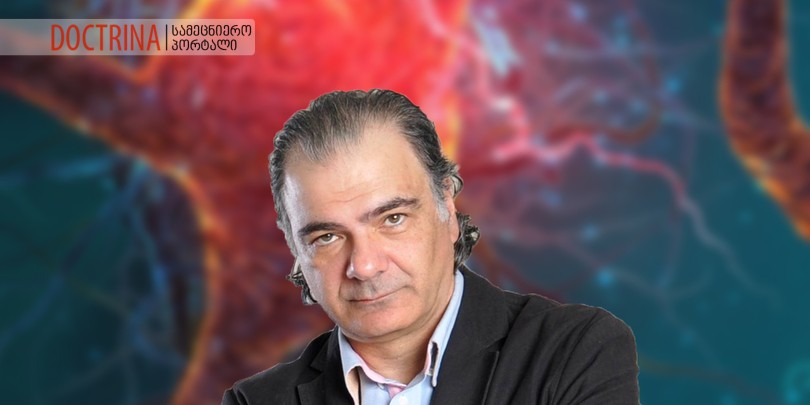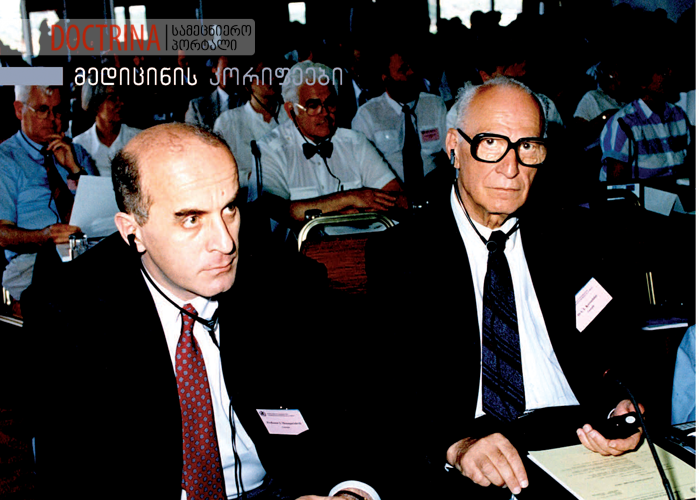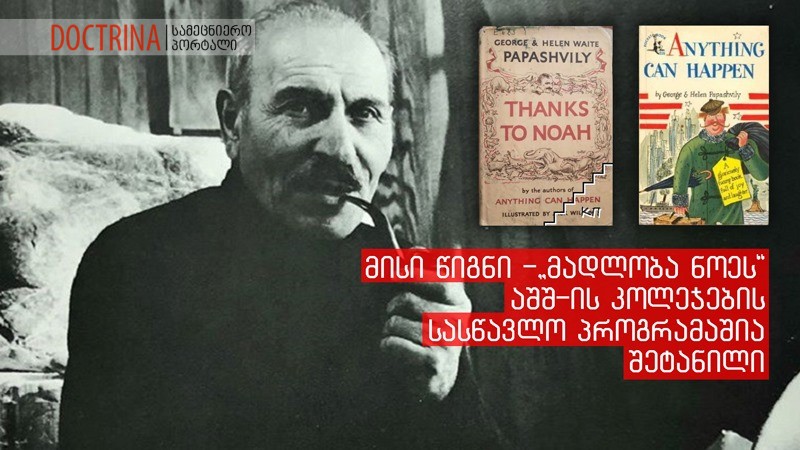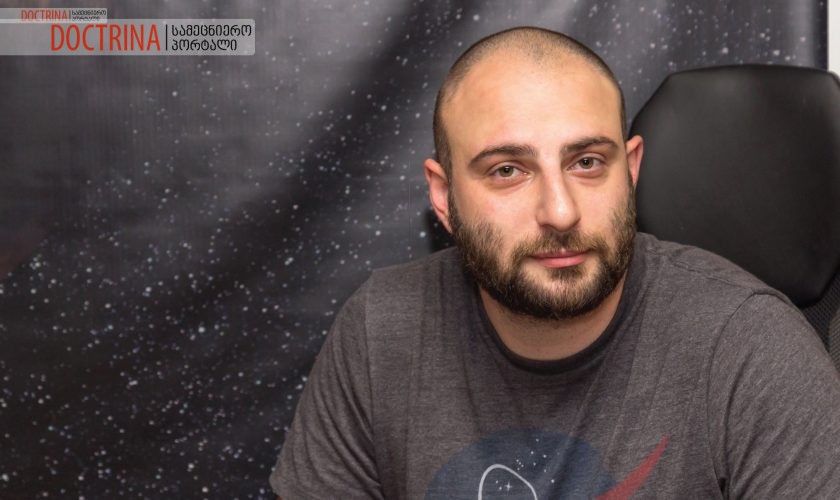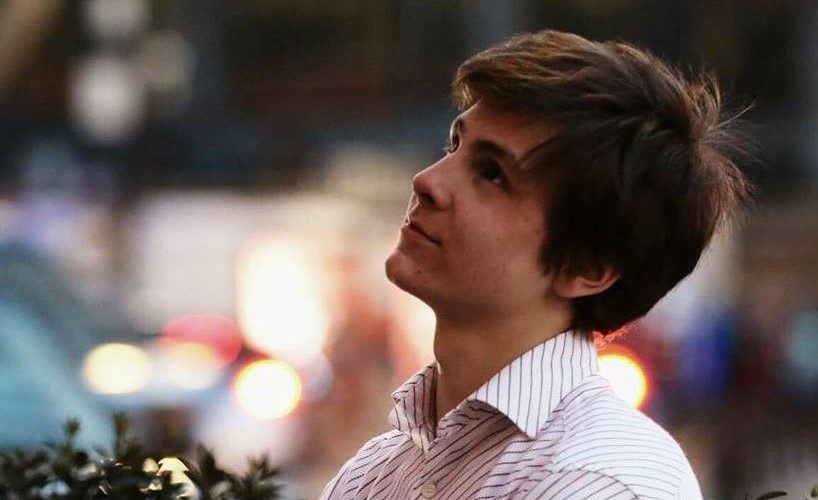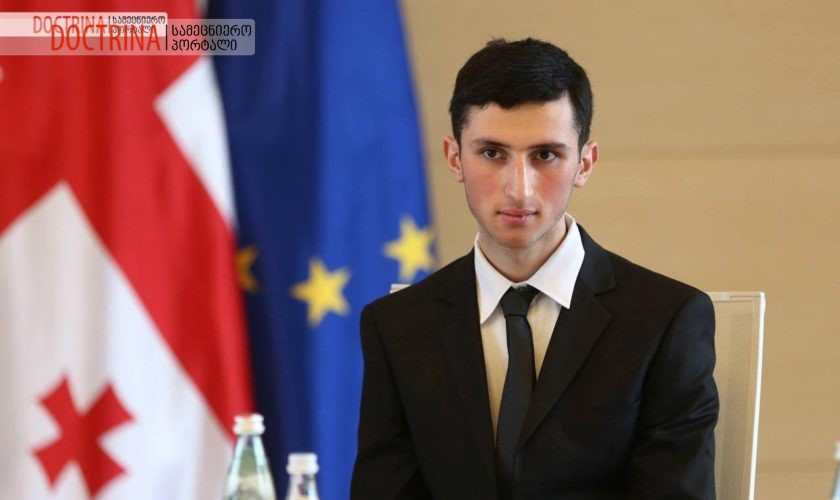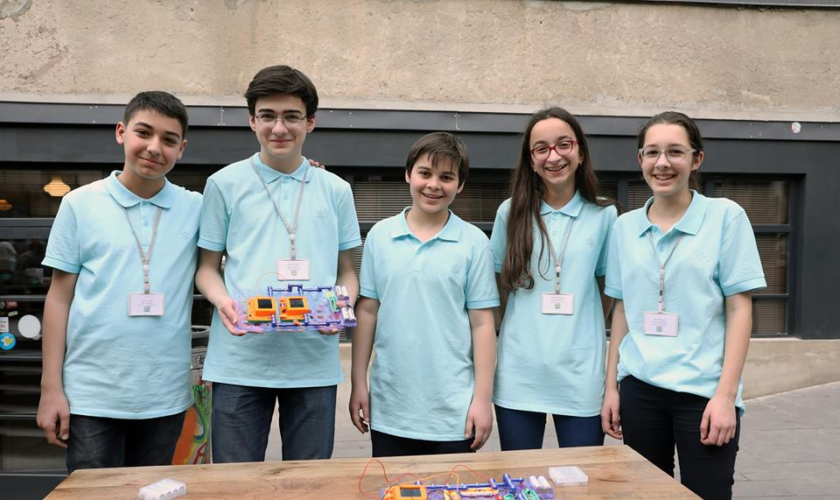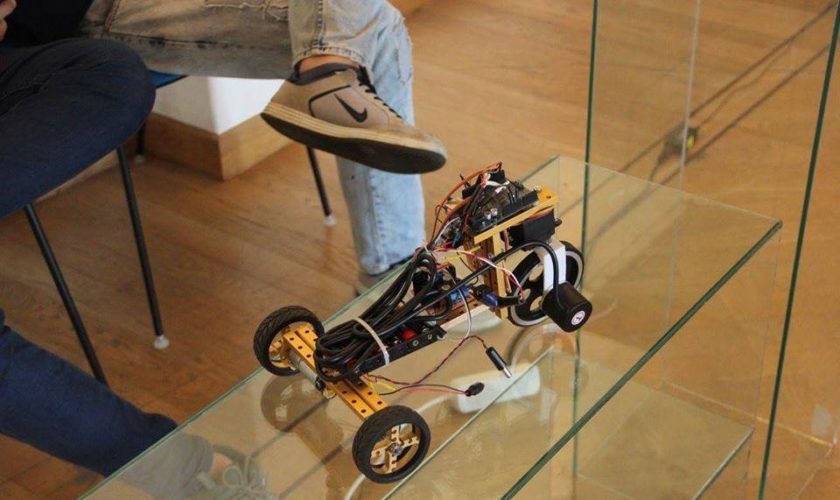Many people have heard the name of philanthropist George Cobb, but few know that he was from Georgia. Grigol Kobakhidze, George Cobb, was born in Ambrolauri. He arrived in Borjomi and started working in the newly opened glass factory when he did not complete even primary school. At the factory he mastered all the technologies and developed a method how to increase the production. He became famous for his unique invention after he created waterproof cement and super-resistant glass-block.
In a big country like America, it is difficult to establish yourself, especially to surprise the country with your activities. The invention of George Cobb was revolutionizing not only for the US but also for the whole world. The cement, developed by him, was first used in the construction of the first skyscraper in America in the 1930s and has since been widely introduced around the world.
Although George Cobb devoted all his time to business and was a very successful man, he never forgot his country. He was actively involved in the affairs of the country. It is noteworthy that George Cobb had a great desire to return to his homeland and continue his business here.
He never stopped loving his homeland. The Georgian man, who lived far from his country helped Georgian emigrants all his life. Moreover, he wanted to choose a Georgian production expert to partner with him, but as it seems there was not a reliable person for it.
Despite the Great Depression and the crisis, George Cobb did not lose his ability to work and managed his enterprise cheerfully. During this period his enterprise lost millions but George Cobb managed with selfless work and revived it. His abilities and talents were not limited to just inventing cement. Later he introduced another innovation in his production – he started making Christmas tree toys. He developed electric candles filled with chemical liquid – so-called “Babel Lamps”, who replaced the real candles.
Grigol Kobakhidze died in 1967 at the age of 84. His name has remained unchanged and Christmas tree toys – Cobb Gles Products – are produced at the present time.
Translation: Tamar Tabatadze
The Hall of Young Scientists & Analysts – “Doctrina”



